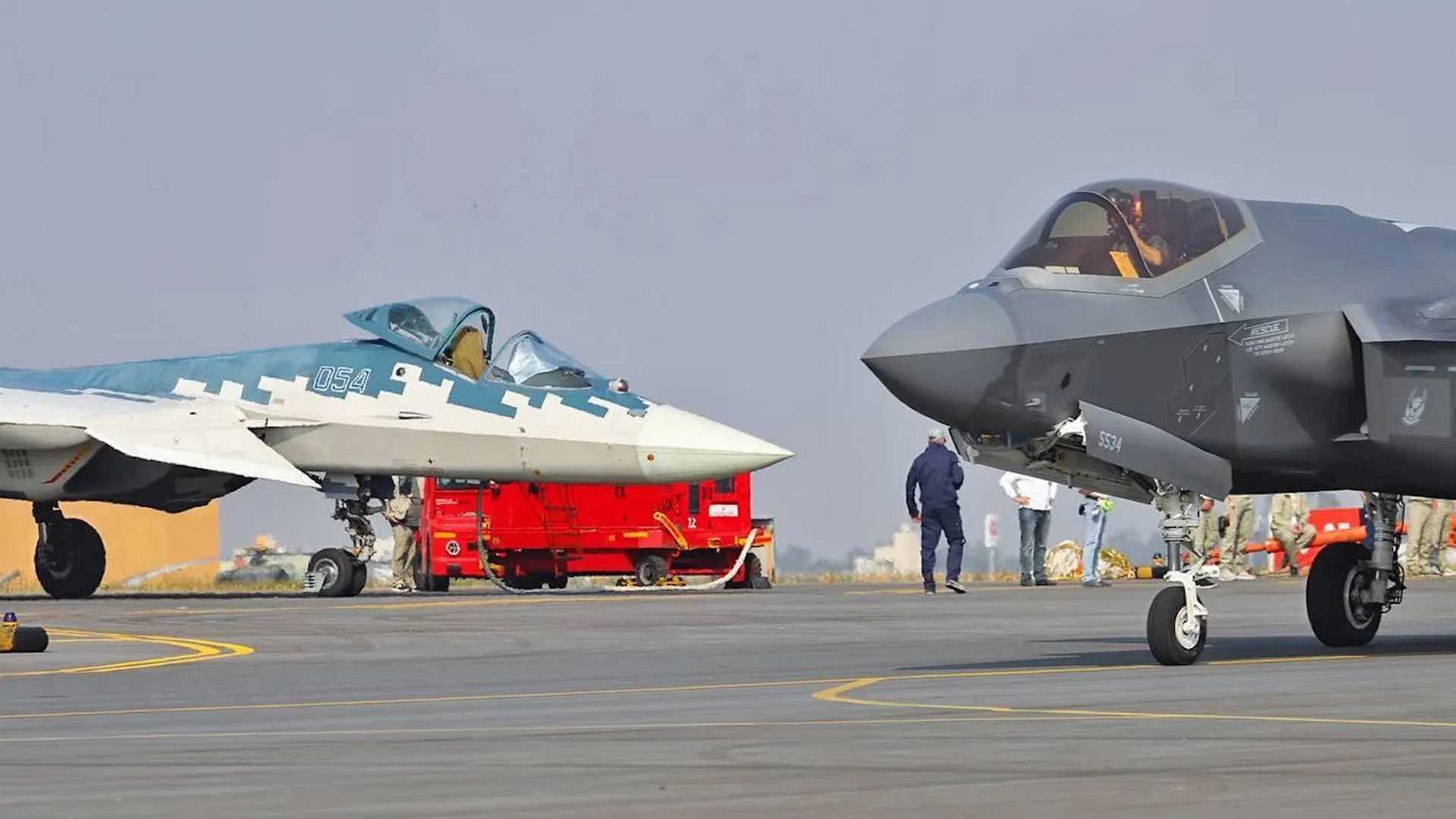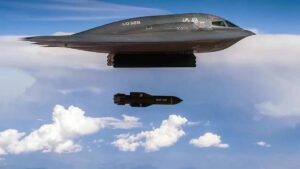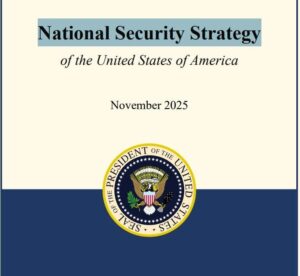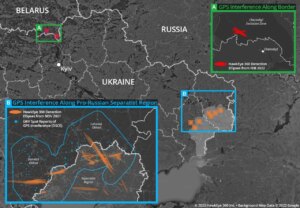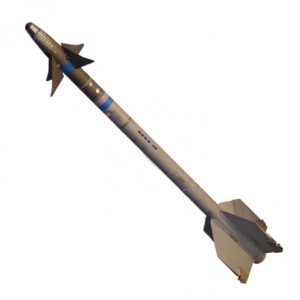美国新关税或迫使印度转向俄罗斯苏-57E战斗机
快速阅读: 印度未正式拒绝F-35采购,但因成本、技术转让等问题,转向与俄罗斯谈判购买Su-57E和Su-35M战斗机,以满足国防需求。
However, it is important to note that India has not formally closed the door on the
F‑35 deal
, even if recent reports indicate New Delhi has effectively communicated that it will not pursue new defense purchases from the United States in the near term, including the F-35A, under current conditions. The U.S. proposal, which was linked to a broader strategic partnership, did not include provisions for local manufacturing or technology transfer, both essential components of India’s defense acquisition policy under the Make in India framework. While Indian officials did not immediately reject the offer in February, the combination of cost concerns, end-user restrictions, and Trump’s unexpected tariff decision has significantly diminished the likelihood of the deal moving forward. In parallel, the government is examining trade-related options to reduce India’s $43 billion surplus with the U.S. but maintains that core sectors like defense and agriculture will not be compromised.
In this context, India may reopen negotiations with Russia concerning the
acquisition
of the Su-57E fifth-generation fighter jet and the Su-35M multirole aircraft. The Russian proposal includes a package for domestic assembly at Hindustan Aeronautics Limited’s Nashik facility, which is already experienced in manufacturing Su-30MKI fighters. The Su-57E offers features up to 60% localization, full technology transfer, and integration of Indian systems such as the Astra air-to-air missile, Rudram anti-radiation missile, and Virupaksha AESA radar. Initial deliveries of 20 to 30 Su-57E units could begin within three to four years, with a long-term plan for 70 to 100 aircraft delivered into the early 2030s. The Su-35M, which shares 80% of its components with India’s current fleet, is being positioned as an interim solution to bolster squadron numbers until AMCA or other indigenous options become available.
Trump has publicly linked the tariff decision not only to trade imbalances but also to India’s continued purchases of Russian military hardware and oil, as well as its role within the BRICS group. He criticized India’s tariffs as among the highest in the world and described its non-monetary trade barriers as “strenuous and obnoxious.” In separate remarks, he referred to both India and Russia as “dead economies” and stated that the U.S. had done “very little business” with India due to its protectionist policies. Treasury Secretary Scott Bessent echoed the sentiment, blaming India for slow progress in trade talks and describing its foreign policy alignment with Russia as inconsistent with the behavior of a “great global actor.” Trump also warned of possible penalties for Indian energy and defense dealings with Russia.
Despite these developments, India remains engaged in trade talks and is not closing diplomatic channels. Commerce Minister Piyush Goyal informed Parliament that consultations are underway with exporters and industry groups to evaluate the economic impact of Trump’s tariffs. The government has emphasized that while India is open to a mutually beneficial trade agreement, it will not accept terms that endanger its protected sectors, particularly agriculture and dairy, which employ hundreds of millions of people. Indian officials were particularly surprised by the U.S. insistence on including genetically modified crops in trade discussions, an issue that had previously been deferred to later stages. India also rejected Trump’s claim that his administration brokered a ceasefire during a brief India-Pakistan conflict in May and viewed his hosting of Pakistani Army Chief General Asim Munir at the White House as diplomatically provocative.
India’s defense modernization challenges remain significant. The Tejas program has produced around 38 aircraft to date, including 17 prototypes, and suffers from limited export success and delayed serial production. The AMCA stealth fighter program is still under development and is not expected to fly before the end of the decade. India has confirmed orders for 83 Tejas Mark 1A fighters and plans to order another 97, with a Tejas Mark 2 also in development. By 2028, India aims to begin domestic production of Rafale fuselages, with a target output of two aircraft per month. The Indian Air Force currently fields only 31 active squadrons, well below the sanctioned strength of 42, while China added 435 fighter and attack aircraft and Pakistan 31 between 2014 and 2024, during which India’s fleet declined by 151. A stalled $20 billion Multi-Role Fighter Aircraft (MRFA) competition for 114 foreign fighters built in India remains unresolved, with the Rafale emerging as the leading candidate.
Although friction is growing, India is still likely to evaluate the
F-35
and
Su-57E
based on operational, industrial, and strategic parameters. When comparing the two fighter jets, in terms of stealth, the F-35A incorporates shaping techniques such as edge alignment and internal weapons bays to reduce radar cross-section across multiple angles, supported by radar-absorbent materials and minimal surface discontinuities. The Su-57E applies frontal aspect stealth features but includes exposed engine nozzles and larger surface areas that contribute to a higher radar cross-section when viewed from side or rear angles. The F-35A is powered by a single Pratt & Whitney F135 engine producing approximately 191 kN of thrust, whereas the Su-57E uses two AL-41F1 engines delivering a combined thrust of around 294 kN. The Su-57E is capable of supercruise at Mach 1.3, while the F-35A is not; its top speed is Mach 1.6 compared to the Su-57E’s Mach 2+. The Su-57E incorporates three-dimensional thrust-vectoring nozzles and a blended wing-body layout for increased aerodynamic maneuverability, while the F-35A uses conventional control surfaces and relies on flight software and energy management for air combat maneuvering.
In terms of avionics and sensors, the F-35A is equipped with the AN/APG-81 AESA radar, the Electro-Optical Targeting System (EOTS), the Distributed Aperture System (DAS), and secure datalinks, allowing the aircraft to collect, fuse, and transmit real-time targeting and threat information. The Su-57E employs the N036 Byelka radar complex, combining an X-band AESA radar in the nose, side-facing L-band arrays for additional detection modes and electronic warfare functions, and an infrared search and track (IRST) system that enables passive target tracking, especially useful against low observable aircraft. The F-35A carries up to 2,590 kg of ordnance internally and can expand this with external hardpoints when stealth is not required. The Su-57E has an internal payload capacity estimated between 2,200 and 2,500 kg and a total payload including external stations exceeding 8,000 kg, supporting air-to-air and air-to-ground weapons such as the R-77M, R-74, and Kh-58UShKE. While the F-35A is designed for integration within joint force structures with a focus on networked operations, the Su-57E places greater emphasis on multi-spectral sensor capabilities and higher flight performance, although it remains in limited operational use and has not seen combat deployment in export configuration.
(以上内容均由Ai生成)
